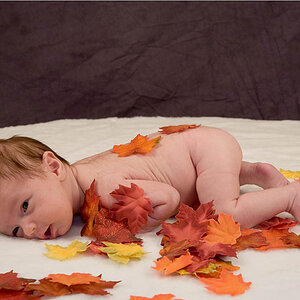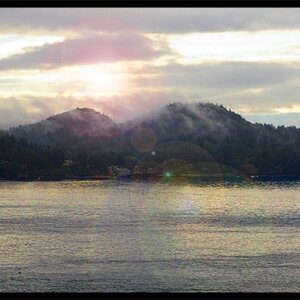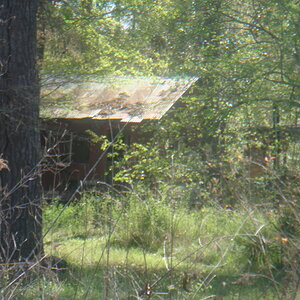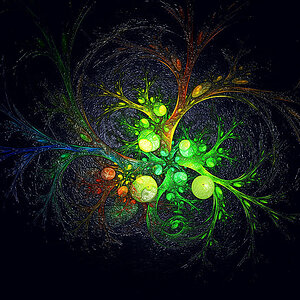monkeyboyadams
TPF Noob!
- Joined
- Jul 22, 2017
- Messages
- 2
- Reaction score
- 0
- Can others edit my Photos
- Photos NOT OK to edit
Hi all,
I have hit a bit of a stumbling block, on what appears to be a fairly simple subject. I'm hoping someone can clear this up for me as it is hurting my head a little.
Basically, does depth of field work in layers of distance? For example, if I have my settings set up to generate a shallow depth of field, will everything that is a certain distance from the camera be in focus? Or just the subject that I have focused on? To be even clearer, if I have 2 subjects that are say both exactly 3 metres from the camera, but are 2 metres apart (side by side), will they both be in focus? Even if the foreground and background are out of focus, or will it just be the one subject that I specifically focus on?
I hope that makes sense and I hope someone can clear this up for me?
Thanks in advance
I have hit a bit of a stumbling block, on what appears to be a fairly simple subject. I'm hoping someone can clear this up for me as it is hurting my head a little.
Basically, does depth of field work in layers of distance? For example, if I have my settings set up to generate a shallow depth of field, will everything that is a certain distance from the camera be in focus? Or just the subject that I have focused on? To be even clearer, if I have 2 subjects that are say both exactly 3 metres from the camera, but are 2 metres apart (side by side), will they both be in focus? Even if the foreground and background are out of focus, or will it just be the one subject that I specifically focus on?
I hope that makes sense and I hope someone can clear this up for me?
Thanks in advance





![[No title]](/data/xfmg/thumbnail/30/30889-6a35eb14fac2d7d837d49a6a1757d874.jpg?1619734500)


![[No title]](/data/xfmg/thumbnail/39/39188-ef8378fc9359eda8e99899c2e12f3892.jpg?1619738906)
![[No title]](/data/xfmg/thumbnail/36/36395-66eaff4565ecf4245f13a9c469a9273b.jpg?1619737548)

![[No title]](/data/xfmg/thumbnail/30/30890-45d8875af0c79f0f727d7d55132972b0.jpg?1619734501)


![[No title]](/data/xfmg/thumbnail/31/31012-f5e0c7cdea2f2c3e44737e3f61c2461a.jpg?1619734567)
![[No title]](/data/xfmg/thumbnail/36/36396-f8e84def7352af726df923054b86284f.jpg?1619737549)